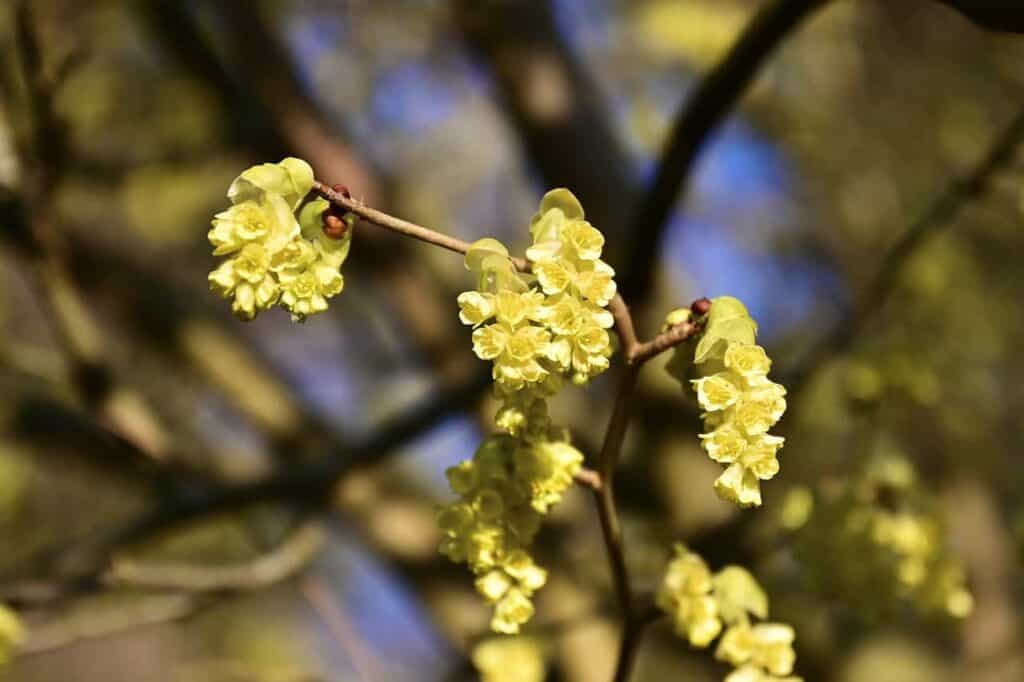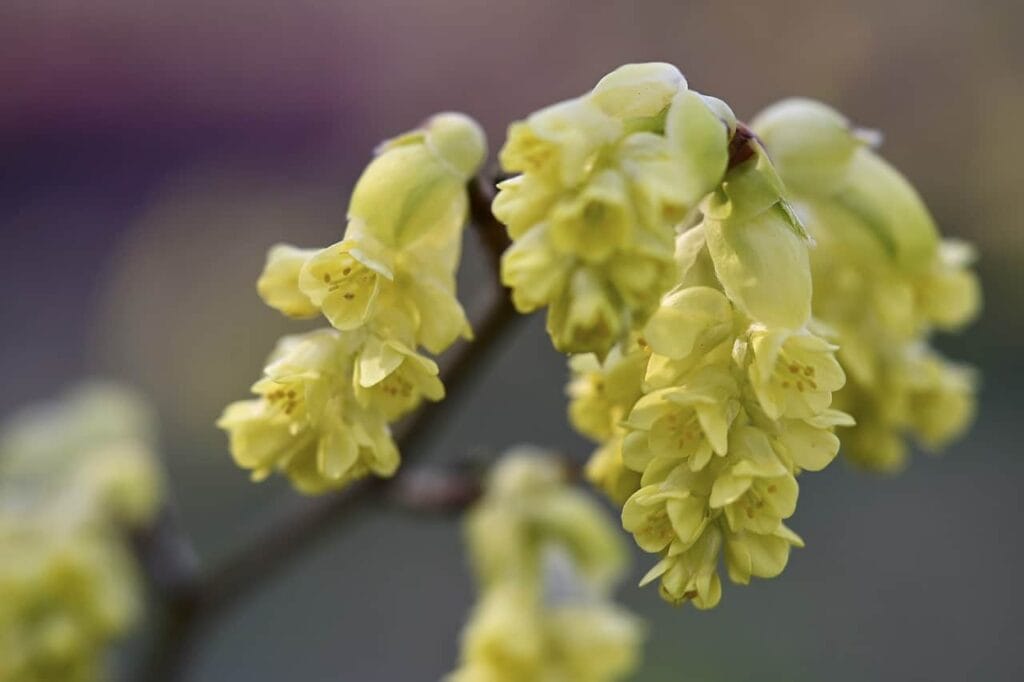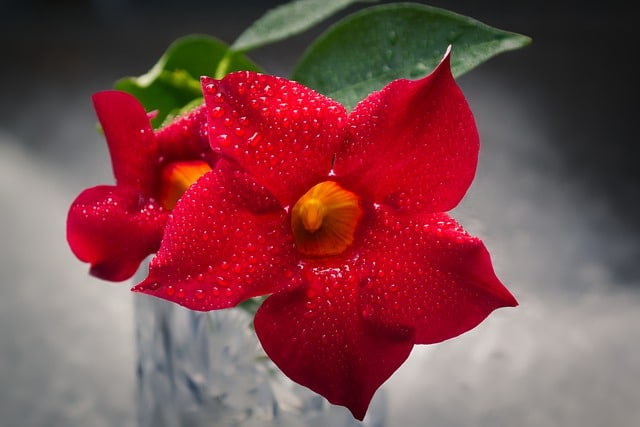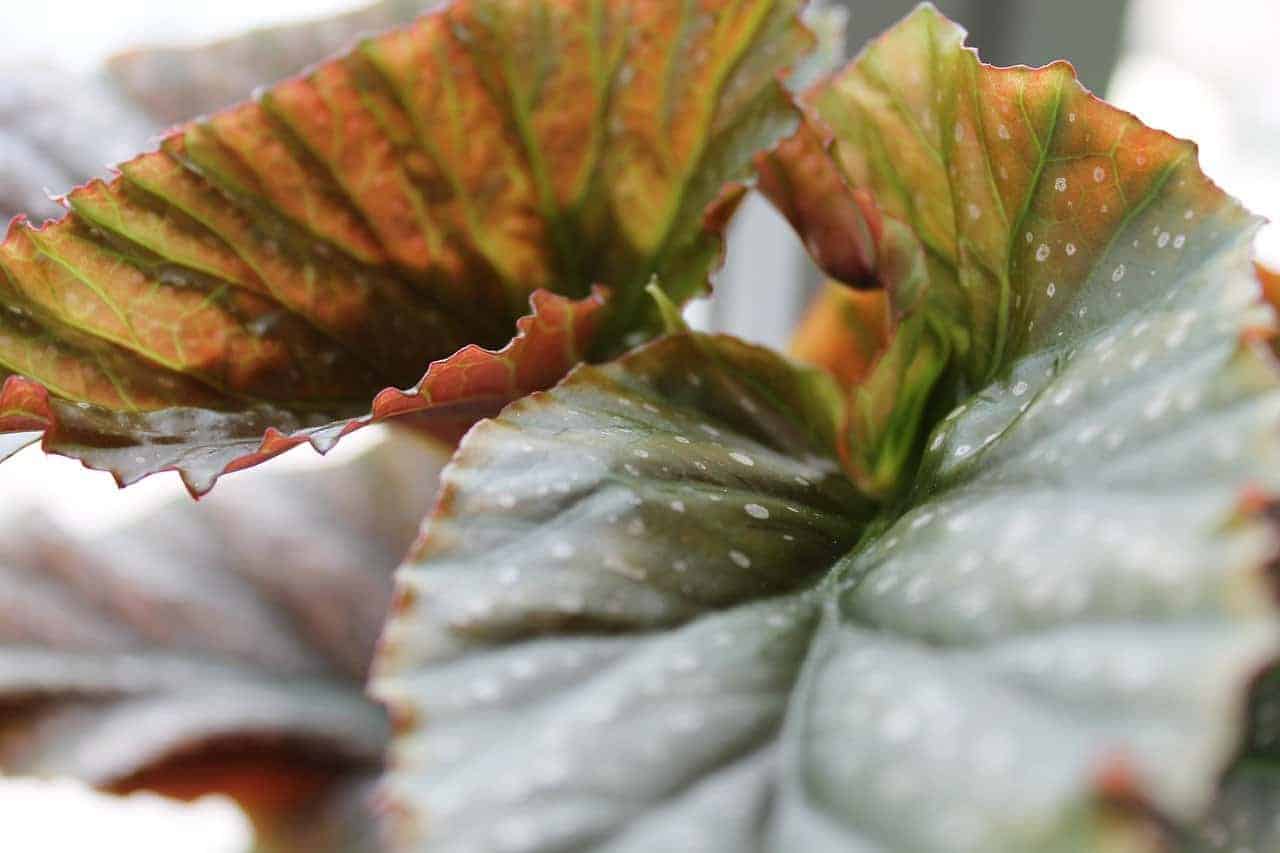| How To Make Essential Oil From Your Garden | Blending Essential Oil | A Brief History Of Essential Oil | Do Essential Oils Expire? |
Lindera Benzoin Branch Tree
Benzoin is a balsamic resin obtained from the sap of the large tropical trees of the Styrax family, found mainly in Thailand, Sumatra, and Borneo. This gum resin doesn’t occur naturally but exudes from incisions cut into the bark. Once in the sunlight, it hardens into a transparent, solid, amber-colored mass. This resin needs to be melted before it can be used, then the essential oil is obtained by solvent extraction.
Benzoin Has Been In Medicinal Use For Thousands Of Years
Originating in the Far East as it did, it is no surprise to learn it was used in Chinese medicine, valued for its healing and drying qualities, efficacious against ailments relating to cold and dampness, an excellent urinary antiseptic, and a digestive aid.
In Ayurveda, it was reputed to be able to tranquilize the mind and enrich the Skin. It was used for rheumatism, colds, and other afflictions of a respiratory nature and to deal with skin problems with warming properties.
Benzoin was widely traded across Asia for use in incense making and religious ceremonies.
Styrax benzoin was used by the ancient Egyptians in the art of perfumery and incense. Organic residue from an Egyptian ceramic censer was found to contain benzoin residue, and it was listed as an ingredient in an old Egyptian perfume recipe. It is also possible that the “onycha” mentioned in the Bible was Benzoin.
Benzoin has had an excellent reputation over thousands of years as a valuable addition to perfume blends, with a middle note of sweetness, something like vanilla. Pliny included it in his listings two thousand years ago, and Culpeper in the 16th century said the same.
It gained in reputation as a medicinal remedy and was one of the spices burned during the second wave of the Balck Death in 1603 to keep the pestilence at bay, although to little effect. Still, this time promoted more research into the therapeutic effects of essential oils. It was recognized that the only people not to succumb to the plague were those who worked with perfumes and aromatics.
source: https://georgianera.wordpress.com/tag/virgins-milk

Image by Mariya ???????????? from Pixabay
It was used primarily to maintain clear, acne-free skin.
The ability of Benzoin to treat respiratory ailments became more widely appreciated with the development of the tincture called Friar’s Balsam, where it was the main ingredient. Invented by Joshua Ward in the late 18th century, it was not taken internally but used as an inhalant and antiseptic dressing on wounds and cuts. Its efficacy is apparent as it is still in use today.
Benzoin as an essential oil is comforting, uplifting, and warming. Apart from its continued use in the perfume industry, it is valued for its therapeutic qualities today as it has always been.
Note
The styrax that produces Benzoin is not related to the resin used in perfumery and is obtained from the North American sweetgum.
https://www.google.com/search?q=benzoin+essential+oil
https://en.wikipedia.org/wiki/Tincture_of_benzoin
The Encyclopaedia of Aromatherapy, Wildwood, C




